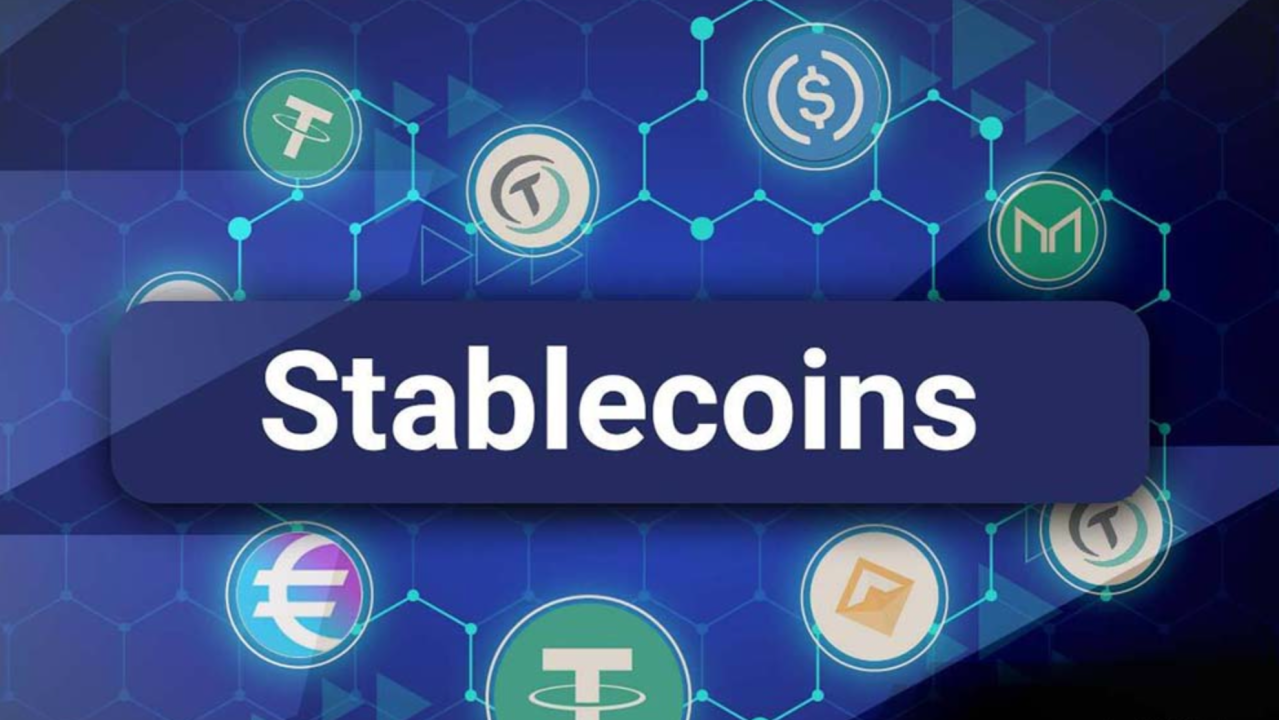Most Popular Stablecoins Driving Crypto Adoption in 2025

Stablecoins have become a cornerstone of the crypto ecosystem, offering a reliable bridge between volatile crypto assets and traditional finance. Designed to maintain a steady value, typically pegged to the US dollar, these cryptocurrencies facilitate trading, payments, and decentralized finance (DeFi) applications with minimal price fluctuations.
As of July 2025, the stablecoin market has surpassed $300 billion in total market cap, reflecting their growing adoption across exchanges, wallets, and global financial systems. This article explores the most popular stablecoins, detailing their issuers, mechanisms, supported blockchains, and notable developments, providing a clear picture of their role in the evolving crypto landscape.
Additionally, the U.S. House of Representatives just passed the GENIUS Act, which establishes a national regulatory framework for stablecoins, marking a significant step toward federal oversight and is sure to give the stablecoin market a boost this year.
Stay In The Loop and Never Miss Important Crypto News
Sign up and be the first to know when we publishLeading Stablecoins and Their Impact
Tether (USDT) remains the undisputed leader, commanding roughly 70% of the stablecoin market’s trading volume. Launched in 2014 by Tether Limited, a subsidiary of iFinex, USDT is fiat-collateralized, backed by a mix of cash, Treasurys, and other assets to maintain its 1:1 USD peg. With a market cap of approximately $150-180 billion, it operates on over 20 blockchains, including Ethereum, TRON, and Solana, ensuring high liquidity and integration with thousands of platforms. Despite its dominance, Tether has faced scrutiny over reserve transparency, with past fines and ongoing regulatory oversight shaping its narrative in 2025.
USD Coin (USDC), issued by Circle, is a close second with a market cap of around $62.7 billion. Fully backed by USD and cash equivalents, USDC emphasizes regulatory compliance, supported by monthly attestations from Deloitte & Touche and daily reports from BlackRock. Available on 23 networks, including Ethereum and Solana, it powers DeFi and cross-border payments with seamless interoperability. Its reputation for stability was bolstered in 2025 when the SEC confirmed USDC is not a security, though a brief depeg in 2023 highlighted early reserve challenges.
Ethena USDe (USDE) has emerged as a DeFi favorite, boasting a $5.3 billion market cap. Issued by Ethena Labs, this synthetic stablecoin uses delta-neutral hedging with Ethereum to maintain stability without fiat reserves. Primarily on Ethereum, with expansions to Arbitrum and Optimism, USDe offers high yields (up to 30%) through staking, appealing to advanced users. However, its algorithmic approach draws comparisons to riskier models, and 2025 regulatory discussions signal potential challenges ahead.
Dai (DAI), created by MakerDAO, stands out as a decentralized, crypto-collateralized stablecoin with a $5.4 billion market cap. Built on Ethereum and bridged to Layer 2 solutions like Arbitrum, DAI relies on overcollateralized vaults and a Peg Stability Module to maintain its peg. Its community-driven governance and yield-generating DAI Savings Rate make it a DeFi staple, though it remains vulnerable to crypto market volatility. Enhanced USDC backing in 2025 has improved its stability, but centralization debates persist.
First Digital USD (FDUSD), issued by Hong Kong-based First Digital Labs, has gained traction on Binance with a market cap of $3-4 billion. Fiat-collateralized and backed by regulated reserves, FDUSD supports Ethereum, BNB Chain, and Arbitrum, offering high liquidity for trading pairs and cross-border payments. Its focus on compliance and transparency has positioned it as a strong contender in 2025, with no major controversies reported.
Frax (FRAX), with a $650 million market cap, blends crypto-collateralization with algorithmic elements under Frax Finance. Operating on Ethereum and bridged to other chains, its shift toward full fiat redeemability in 2025 has addressed earlier depeg concerns. FRAX integrates with its ecosystem’s governance and staking tokens, offering yields through lending pools. This evolution marks it as a resilient hybrid model in the stablecoin space.
PayPal USD (PYUSD), issued by PayPal, brings stablecoins to mainstream payments with a market cap of $500-700 million. Running on Solana and Ethereum, PYUSD offers 4% rewards and fee-free transfers within PayPal’s ecosystem, appealing to its vast user base. Launched in 2023, it has expanded steadily in 2025 without significant issues, leveraging PayPal’s regulatory framework. Its focus on merchant checkouts and conversions sets it apart.
USDD (USDD), TRON’s hybrid stablecoin, holds a $700 million market cap, backed by overcollateralized reserves like Bitcoin and USDT. Operating primarily on TRON, it supports fast, low-cost DeFi transactions but carries risks due to its algorithmic elements, with a brief depeg in 2022 raising concerns. Improved reserves in 2025 have strengthened its position, though it remains volatile under stress.
TrueUSD (TUSD) and Pax Dollar (USDP), with market caps of $500 million and $100-200 million respectively, prioritize transparency and regulatory compliance. TUSD, available on Ethereum and TRON, offers daily reserve audits, while USDP, issued by Paxos, adheres to strict New York regulations. Both are valued for institutional use and liquidity, with no major controversies in 2025.
USD1 (USD1) is a 2025 newcomer issued by World Liberty Financial with a $50 million market cap and is backed by the President Donald Trump Family and it’s affiliates. Fiat-collateralized and likely Ethereum-based, it aims for DeFi adoption but faces potential political scrutiny. Its small scale keeps it as an honorable mention, yet it reflects the competitive “stablecoin wars” of 2025.

